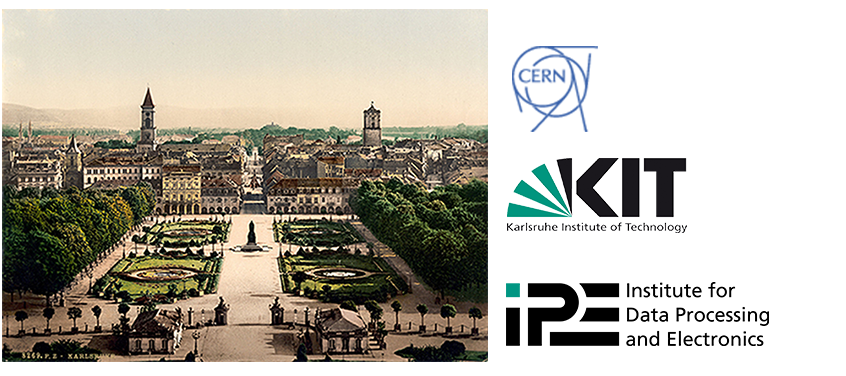Speaker
Description
The TOFPET2 ASIC is a low-power, low-noise, readout and digitization chip for SiPMs sensors implemented in 110nm CMOS technology optimized for time-of-flight measurements. The circuit has 64 independent channels including quad-buffered TDCs and charge integration ADCs in each channel, and is an evolution of the TOFPET1 ASIC, which was developed in 130nm CMOS technology for Positron Emission Tomography (PET) applications. Relative to the first chip, TOFPET2 implements new frontend amplifiers, charge integration, improved timing and increased event rate. The chip tape-out was done in November 2015 and first tests started in end March 2016.
Summary
The input pre-amplifier is a low impedance current conveyor based on a regulated common-gate topology. Two trans-impedance post-amplifier branches are optimized for time resolution and charge integration. One voltage mode discriminator with configurable low threshold generates a fast signal for accurate time measurement. Two other discriminators have configurable thresholds to reject dark counts, to start the integration window, and to trigger the event data readout. Each channel has quad-buffered analogue interpolation TDCs (time binning configurable at 20 or 40 ps) and charge integration ADCs with linear response at full scale (1500 pC). The TDC measures the fine time within a clock period complementing the coarse time provided by a clock counter (200 MHz). The signal amplitude can also be derived from the measurement of time-over-threshold (ToT).
The performance of the TDCs was evaluated with test pulses. The time resolution of each of the 64 channels in the chips was measured with digital test pulses provided by an external pulse generator. The average of the measured values is 26 ps. Time measurements of laser pulses detected with S12642-0808PB-50 MPPC 8x8 pixel array were performed scanning the clock period at 10 different delay settings. The time resolution obtained is 38 ps. No de-convolution of the test pulse jitter and no time walk corrections were applied.
Additional measurements with radioactive sources are planned and should be presented at the conference.
